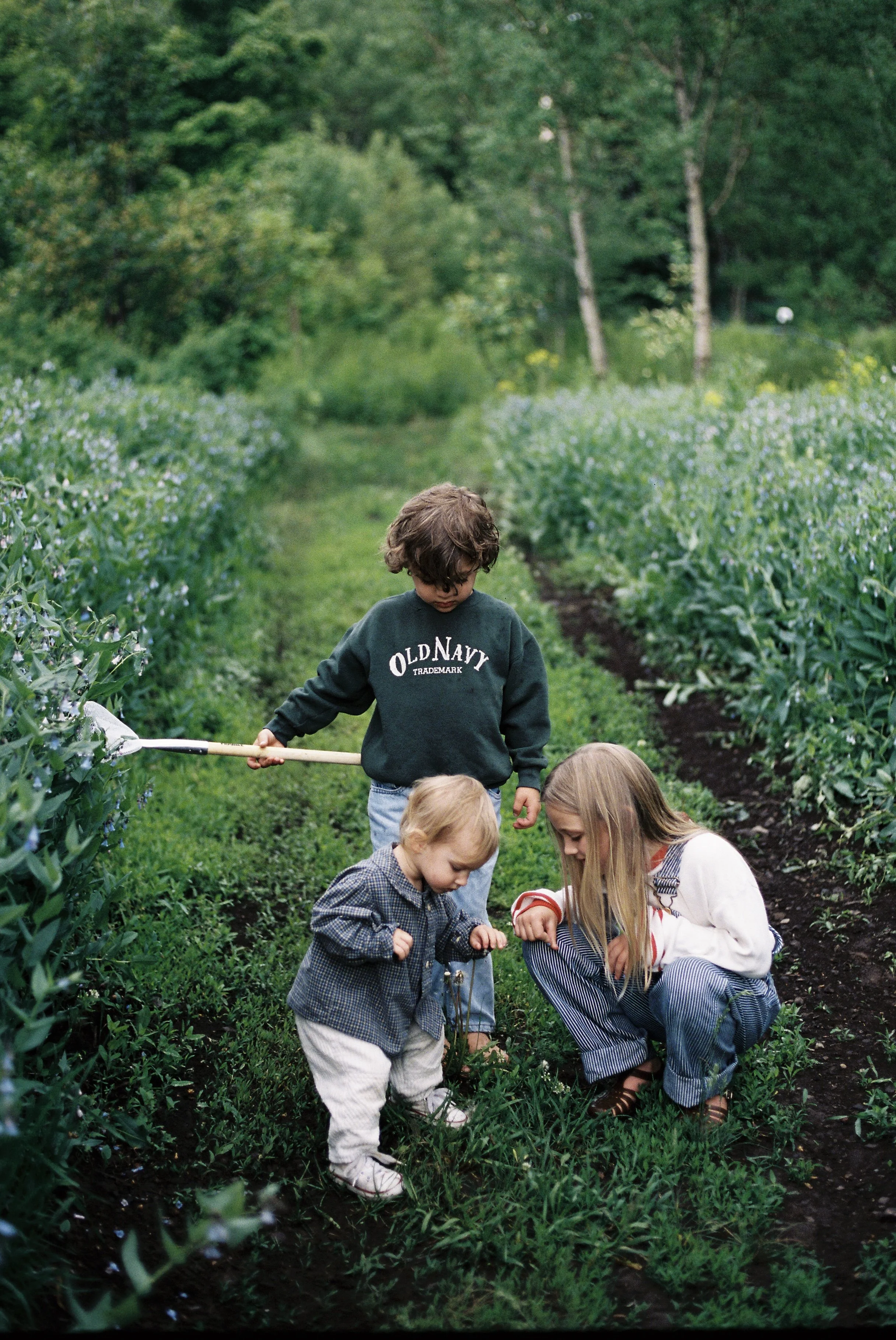
Pond Exploration
LESSON 1
Children explore the pond using their 5 senses.
Bug Catcher
Net
Magnifying glass
Camera
Nature Journal
Appropriate clothing for pond play
Optional Materials
Gather materials for activity
Find a local pond or stream to visit
Preparations
Promote curiosity and interest in pond life.
Encourage children to ask questions and make observations about what they see.
Foster a sense of wonder and curiosity about the natural world.
Encourage children to appreciate and respect the environment around them.
Use new vocabulary words related to pond life.
Objectives for Teachers
Children use their 5 senses to explore the pond and pond life.
Children identify different types of plants and animals that live in and around the pond.
Children practice using scientific tools such as magnifying glasses and nets.
Children collect and observe specimens from the pond.
Children learn new vocabulary words related to pond life.
Children practice critical thinking and problem-solving skills by making observations and asking questions about what they see.
Children develop an appreciation for the natural world and the importance of protecting and preserving habitats.
Objectives for Children

Collect and Connect
Practice some simple yoga and movement poses together. Some ideas here!
Come up with actions to go along with the poem “The Little Turtle.”
The Little Turtle
There was a little turtle, he lived in a box
He swam in a puddle, he climbed on the rocks
He snapped at a mosquito, he snapped at a flea
He snapped at a minnow, and he snapped at me
He caught the mosquito, he caught the flea
He caught the minnow, but he didn’t catch me

Activity Flow
To start, prepare your child for their upcoming pond visit by discussing safety guidelines together. Establish rules together that will help ensure everyone’s safety.
While visiting the pond, encourage your child to use their 5 senses. The pond provides a rich sensory experience. Observe the plants, and animals living in and around the pond. Encourage children to use their sense of touch to feel the texture of the water, rocks, plants, dirt, and mud. Listen for sounds of water, birds chirping, frogs croaking, insects buzzing or chiming. Smell the different scents of plants and flowers. It can also be beneficial to talk about what kind of water is safe to drink and taste, and what kind of water isn’t. Pond and stream water contain small living organisms that can make us sick, and is not safe to drink.
Enjoy your time together exploring the pond! This will help build their background knowledge before we delve deeper into our unit on ponds and streams.


